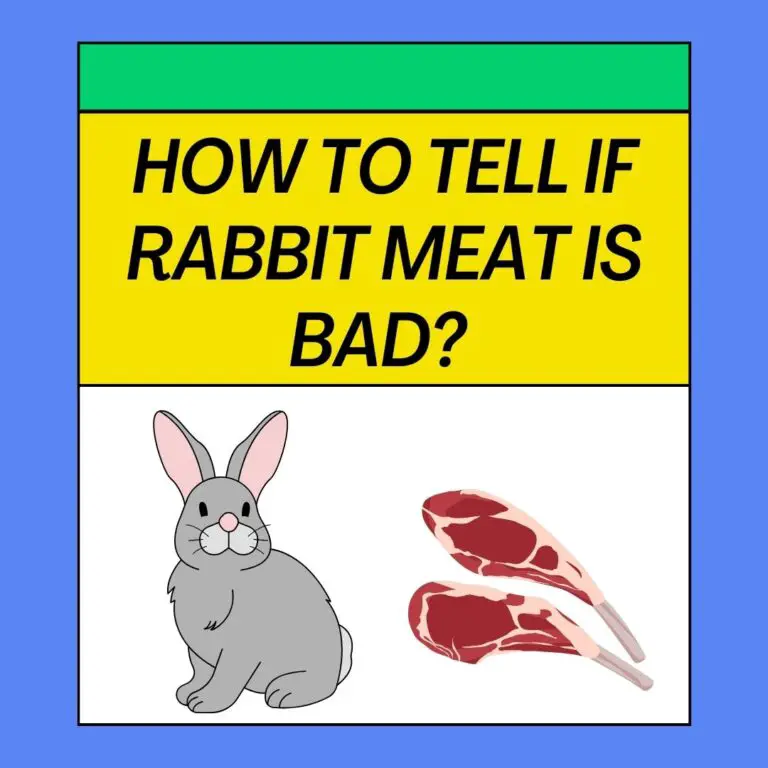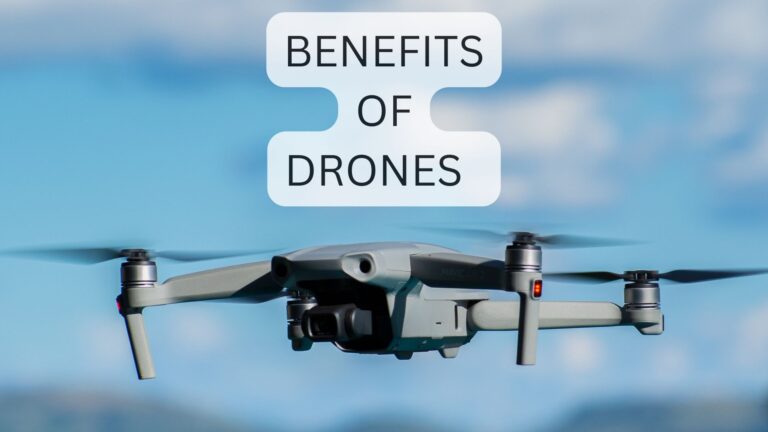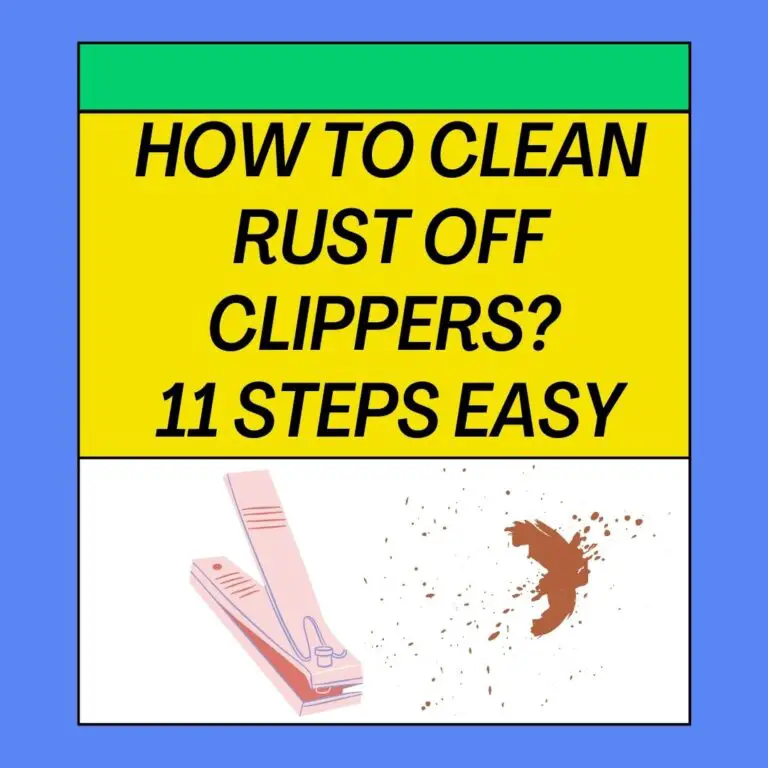
Fawns, or baby deer, are born relatively helpless and rely heavily on their mothers for care and nourishment during the first weeks of life. Separation from the mother can be detrimental to a fawn’s survival, but their ability to survive without her depends on various factors. Here’s what you need to know about how long a baby deer can survive without its mother:
- Initial Dependency: Newborn fawns are entirely dependent on their mothers for the first few weeks of life. During this time, they primarily nurse, receiving vital nutrients and antibodies from their mother’s milk.
- Maternal Care: Mother deer, or does, are attentive caregivers and will often leave their fawns hidden while they forage for food. They return periodically to nurse and groom the fawns. This behavior is normal and essential for the fawn’s survival.
- First Few Weeks: In the initial weeks of life, fawns should not be separated from their mothers if it can be avoided. Their chances of survival are highest when they remain with her, as she provides protection and nourishment.
- Independence Development: As fawns grow and develop, they become more independent and start nibbling on vegetation. However, they still rely on their mothers for a significant portion of their nutrition.
- Weaning Process: The weaning process typically begins when fawns are around 2 to 3 months old. During this time, they start eating more solid food and gradually nurse less frequently. The exact timing of weaning can vary among individual fawns.
- Survival Without the Mother: If a fawn is separated from its mother before it has reached an age where it can sustain itself through foraging, its chances of survival are significantly reduced. Fawns left alone for extended periods, especially when very young, are vulnerable to predation, malnutrition, and exposure.
- Human Intervention: In cases where fawns are found alone, it’s essential to exercise caution. Well-meaning individuals may encounter fawns and assume they are abandoned, but it’s common for does to leave them unattended for periods. If you suspect a fawn is orphaned, it’s best to contact local wildlife authorities or rehabilitators for guidance before taking any action.
What Happens if a Fawn Gets Separated from Its Mother?
When a fawn, or baby deer, becomes separated from its mother, several potential outcomes may occur, depending on various factors:
- Reunion with the Mother: In many cases, the mother deer will actively seek out her fawn if it becomes separated. Mother deer have a strong maternal instinct and are known to return to their fawns’ location, even after brief separations.
- Temporary Separation: Fawns are often left alone by their mothers for extended periods while the doe forages for food. This is a normal behavior, and the mother usually returns to nurse and care for the fawn.
- Vulnerable to Predators: If a fawn remains separated from its mother for an extended period, especially at a very young age, it becomes vulnerable to predators. Fawns that are unable to follow their mothers or are left alone for too long are at risk of being targeted by predators.
- Human Intervention: Well-meaning individuals who find a seemingly abandoned fawn may inadvertently disrupt the natural mother-fawn bond. It’s important to exercise caution and seek guidance from wildlife experts or rehabilitators before taking action.
Will a Mother Deer Find Her Baby?
In many cases, a mother deer will actively seek and find her fawn if they become separated. Mother deer have a strong sense of smell and an innate ability to locate their offspring. They may return to the fawn’s location, even after extended separations, to nurse and care for it.
How Do You Know if a Fawn Is Abandoned?
Determining whether a fawn is truly abandoned or temporarily left by its mother can be challenging. Here are some signs to help you assess if a fawn may be abandoned:
- Continuous Crying: If the fawn is crying loudly and consistently, it may be in distress and potentially abandoned. However, fawns may vocalize for various reasons, including hunger or discomfort.
- Visible Injury: If the fawn exhibits visible injuries or is in a life-threatening condition, it may be abandoned or orphaned. In such cases, immediate intervention may be necessary.
- Observing from Afar: It’s essential to observe the fawn from a distance and avoid direct contact. The mother may return when it’s safe, and human presence can deter her.
- Time Elapsed: If several hours have passed, and the fawn remains unattended with no sign of the mother, it may warrant concern.
- No Signs of Nursing: If there are no signs that the fawn has been nursed or groomed by its mother, it may indicate abandonment.
- Physical Condition: Assess the fawn’s physical condition. A healthy fawn should appear alert, have bright eyes, and show no signs of distress.
How Old Are Baby Deer When They Leave Their Mom?
Fawns typically begin the weaning process around 2 to 3 months of age. During this period, they gradually transition to eating solid food and rely less on their mother’s milk. Full weaning can vary among individual fawns but is usually completed by the time they are 3 to 4 months old.
How Can You Tell How Old a Baby Deer Is?
Determining the exact age of a baby deer can be challenging without proper training. Wildlife experts often use various indicators, including physical development, size, and behavior, to estimate a fawn’s age. Key developmental milestones, such as the presence of spots and the ability to stand and walk, can provide clues to their age.
Do Baby Deer Cry for Their Mother?
Yes, baby deer, or fawns, can cry or vocalize as a means of communication. They may cry when they are hungry, uncomfortable, or in distress. Vocalizations can help them get the attention of their mothers.
Will a Mother Deer Reject Her Baby If Touched?
Contrary to a common myth, mother deer do not typically reject their fawns if touched by humans. They may be cautious and temporarily avoid their fawns if they detect unfamiliar scents, but this is usually a protective response. However, it’s best to minimize human interference with wildlife, including avoiding unnecessary contact with fawns, to ensure their well-being.
How to Tell If a Fawn Needs Help
Determining if a fawn needs help can be challenging. It’s generally best to consult with wildlife experts or rehabilitators for guidance if you suspect a fawn is in distress or abandoned. In some cases, intervention may be necessary to ensure the fawn’s welfare.
What Do Baby Deer Eat?
Baby deer primarily feed on their mother’s milk during their early weeks of life. As they grow, they start nibbling on vegetation and transitioning to a diet of solid food, including leaves, grasses, and other plants.
What Can I Feed a Baby Deer?
Feeding a baby deer should only be done under the guidance of wildlife experts or rehabilitators. Attempting to feed them without proper knowledge and care can be harmful. Baby deer have specific dietary requirements, and providing the wrong food can lead to health problems. It’s essential to contact wildlife authorities or experts for advice on caring for an orphaned or injured fawn.
(FAQs) related to the survival and care of baby deer (fawns):
1. What should I do if I find an apparently abandoned baby deer (fawn)?
- If you come across a fawn that appears to be alone, observe it from a distance for a while. It’s common for mother deer to leave their fawns hidden while they forage. If you’re concerned, contact local wildlife authorities or a wildlife rehabilitator for guidance before taking any action.
2. Can I feed a baby deer if I find one without its mother?
- It is generally not recommended to feed a baby deer without proper guidance from wildlife experts. Feeding them incorrectly or with the wrong formula can harm them. Contact wildlife authorities to assess the situation and provide appropriate care.
3. How long do fawns stay with their mothers before becoming independent?
- Fawns typically stay with their mothers for several months, with the weaning process starting around 2 to 3 months of age. They gradually become more independent as they transition to solid food.
4. What should I do if I accidentally separate a fawn from its mother?
- If you unintentionally separate a fawn from its mother, carefully observe it from a distance to see if the mother returns. If you’re concerned about the fawn’s safety or if it appears abandoned, contact wildlife authorities or a rehabilitator for guidance.
5. Do fawns need any special care if they are orphaned or abandoned?
- Orphaned or abandoned fawns should be cared for by wildlife rehabilitators who have the expertise and resources to provide proper care. It’s essential not to attempt to care for them yourself without proper training and guidance.
6. Are there any laws or regulations regarding the care of baby deer?
- Laws and regulations regarding the care of baby deer (and wildlife in general) can vary by location. It’s important to adhere to local wildlife laws and to contact the appropriate authorities for guidance when encountering wildlife in need of care or assistance.
7. What are the common signs of distress or injury in a fawn?
- Signs of distress or injury in a fawn may include visible wounds, difficulty walking, limping, or persistent crying. If you observe such signs, contact wildlife authorities or rehabilitators for assistance.
8. Can I keep a baby deer as a pet?
- In many regions, keeping a baby deer as a pet is illegal without proper permits. Additionally, wild animals have specific dietary and behavioral needs that are challenging to meet in a domestic setting. It’s usually best to leave their care to wildlife professionals.
Summary
Remember that wild animals, including fawns, are best cared for by individuals with the expertise and resources to meet their specific needs. Seeking guidance from wildlife authorities ensures the well-being and proper care of these animals.
In summary, baby deer, or fawns, are reliant on their mothers for care and nourishment during their early weeks of life. Their ability to survive without the mother depends on their age, development, and access to food. If you encounter a seemingly abandoned fawn, it’s best to seek guidance from wildlife experts to ensure its welfare and increase its chances of survival.






